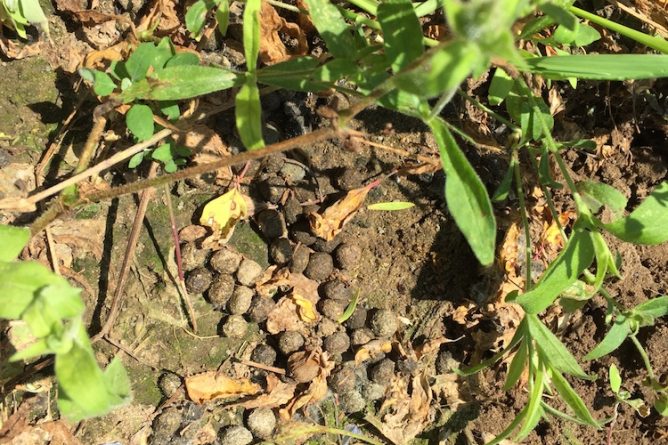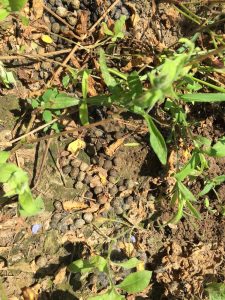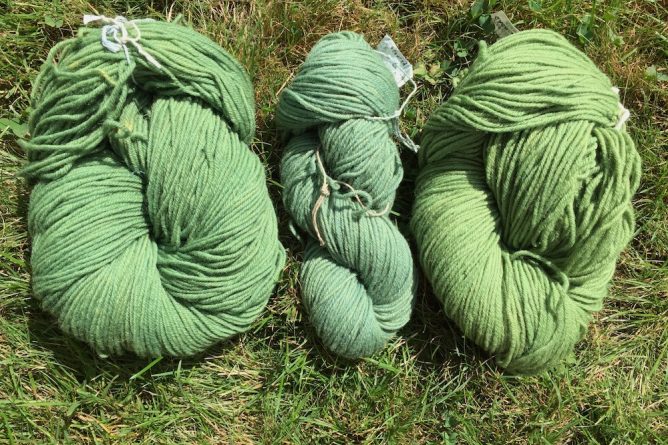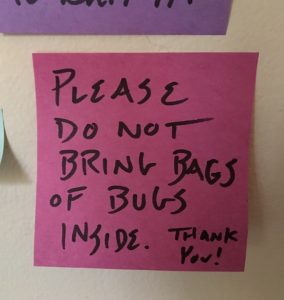I had meant to post updates about my flax crop this summer in “real time”. However, “retro time” will have to do.
Here are a few things that I observed and learned as the 2017 flax was growing and maturing.
First, the flax chewers who devastated my crop in 2016, and half of my crop in 2015, were back at it again this year. However, when you have 1500 square feet of the same variety (Electra from Biolin), rather than tiny test plots of 12 square feet or less, the effect of the damage isn’t as troubling. I found dozens of chewed up flax stalks, but it was a negligible percentage of the whole crop. I am sticking to my hypothesis that the culprits are rodents of some kind. Here’s some scat that may or may not belong to them:
Second, the chewers are not solely interested in flax. It might not even be their favorite or preferred plant to chew. The fact that flax is *my* preferred plant in that location means that it bothers me when they chew it. I don’t care about the other plants, so I’m less inclined to notice their demise. Predation of “weeds” is a boon, from a flax-grower’s point of view. But it’s possible that from the chewers’ point of view, it’s the flax that’s a nuisance. Continue reading “Electra Progress Report Part One”





